The standard **darts target distance**, measured from the oche (the throwing line) to the face of the dartboard, is precisely 7 feet 9.25 inches (2.37 meters). This standardized distance ensures fair play and consistency in professional and amateur darts. In this article, we’ll explore the reasons behind this specific measurement, how it was established, and other crucial aspects of dartboard setup and play.
⚠️ Still Using Pen & Paper (or a Chalkboard)?! ⚠️
Step into the future! The Dart Counter App handles all the scoring, suggests checkouts, and tracks your stats automatically. It's easier than you think!
Try the Smart Dart Counter App FREE!Ready for an upgrade? Click above!
Understanding the Importance of Darts Target Distance
Maintaining the correct **darts target distance** is paramount for several reasons. Firstly, it creates a level playing field. Imagine if some players were allowed to stand closer to the board – they would have a distinct advantage. The standardized distance ensures that everyone throws from the same point, making the game fairer and more competitive. A proper setup, which includes the correct height and the regulated **darts target distance**, is fundamental to fair play.
Secondly, the distance affects the trajectory and accuracy of the dart. Experienced players develop their throwing technique based on this specific distance. Changing the distance, even slightly, can significantly impact their ability to hit their targets. So, if you want to improve your game, it’s essential to practice at the correct **darts target distance**. You can learn more about optimal stance on our page about stance darts.
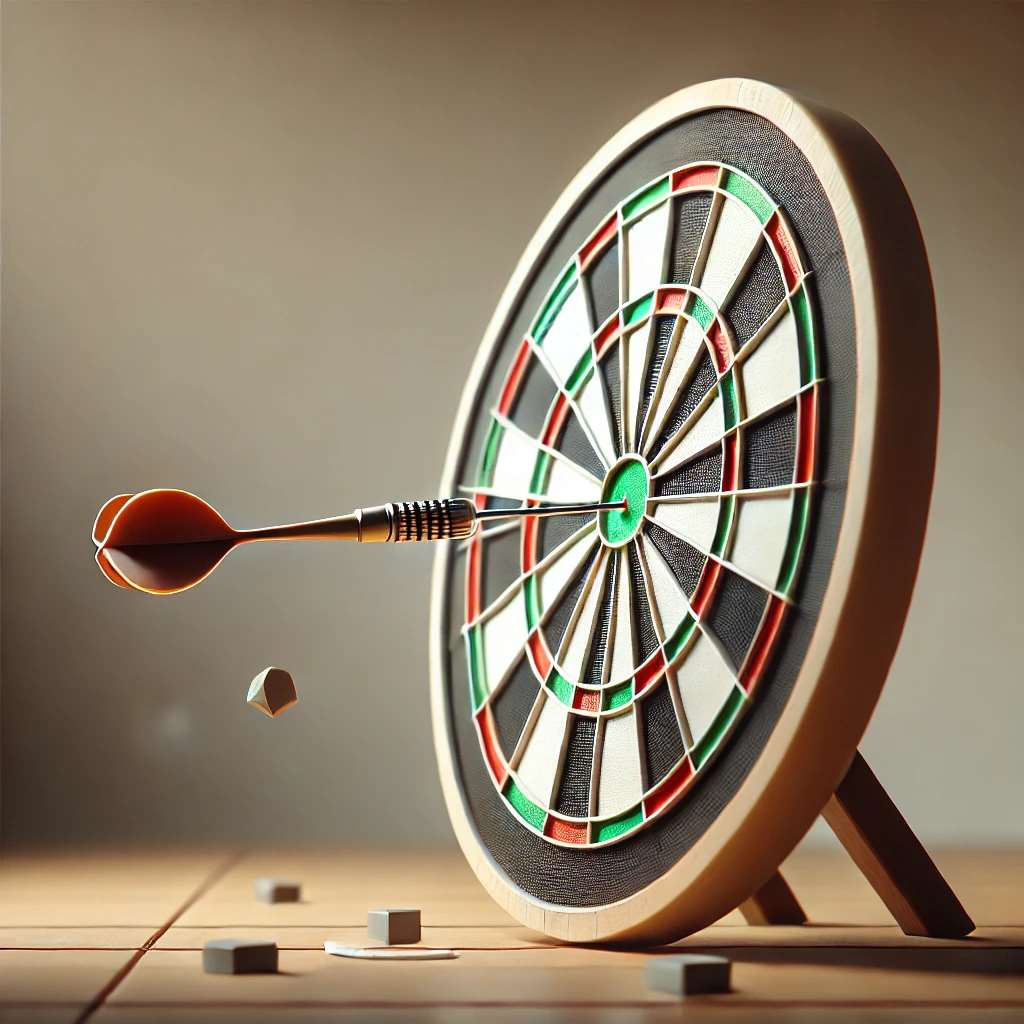
Thirdly, the regulations governing darts tournaments worldwide explicitly state the official **darts target distance**. Adhering to these regulations is essential for anyone participating in competitive darts. The World Darts Federation (WDF) and the Professional Darts Corporation (PDC) both have strict rules about the setup of the dartboard, including the precise **darts target distance**.
How the Standard Darts Target Distance Was Established
The history of the **darts target distance** is somewhat shrouded in mystery. There isn’t a single, definitive moment when the exact measurement was officially established. It’s more likely that the distance evolved over time, through common practice and agreement. Early dartboards were often hung in pubs and clubs, and the throwing distance was probably determined by the available space. As the game became more organized, there was a need for standardization.
One theory suggests that the **darts target distance** was originally based on a measurement of the pub floor tiles of the time. Another theory claims that it was based on the reach of a particularly influential darts player in the late 19th century. While these stories add to the folklore of darts, the truth is probably a combination of practical considerations and gradual agreement among players and governing bodies.
Ultimately, the establishment of the **darts target distance** reflects the increasing popularity and professionalization of the game. Standardizing the equipment and playing conditions helped to ensure fair competition and allow the game to grow and evolve.
Measuring the Darts Target Distance Accurately
Ensuring you have the correct **darts target distance** is crucial, but how do you measure it accurately? Here’s a step-by-step guide:
- Start at the Bullseye: Begin your measurement at the center of the bullseye on the dartboard. This is your starting point.
- Use a Measuring Tape: Employ a reliable measuring tape or a laser distance measurer for accuracy. A flexible tape measure can be particularly useful for following the contours of the floor.
- Measure to the Oche: Extend the tape measure from the bullseye to the front edge of the oche (the throwing line). The oche should be a clearly defined line or raised area on the floor.
- Confirm the Distance: The distance should be 7 feet 9.25 inches (2.37 meters). Double-check your measurement to ensure accuracy.
- Mark the Oche: If the oche isn’t already marked, use tape or a permanent marker to clearly define the throwing line.
It’s also important to check that the dartboard is hung at the correct height. The bullseye should be 5 feet 8 inches (1.73 meters) from the floor. This ensures that the **darts target distance** is consistent relative to the height of the board.
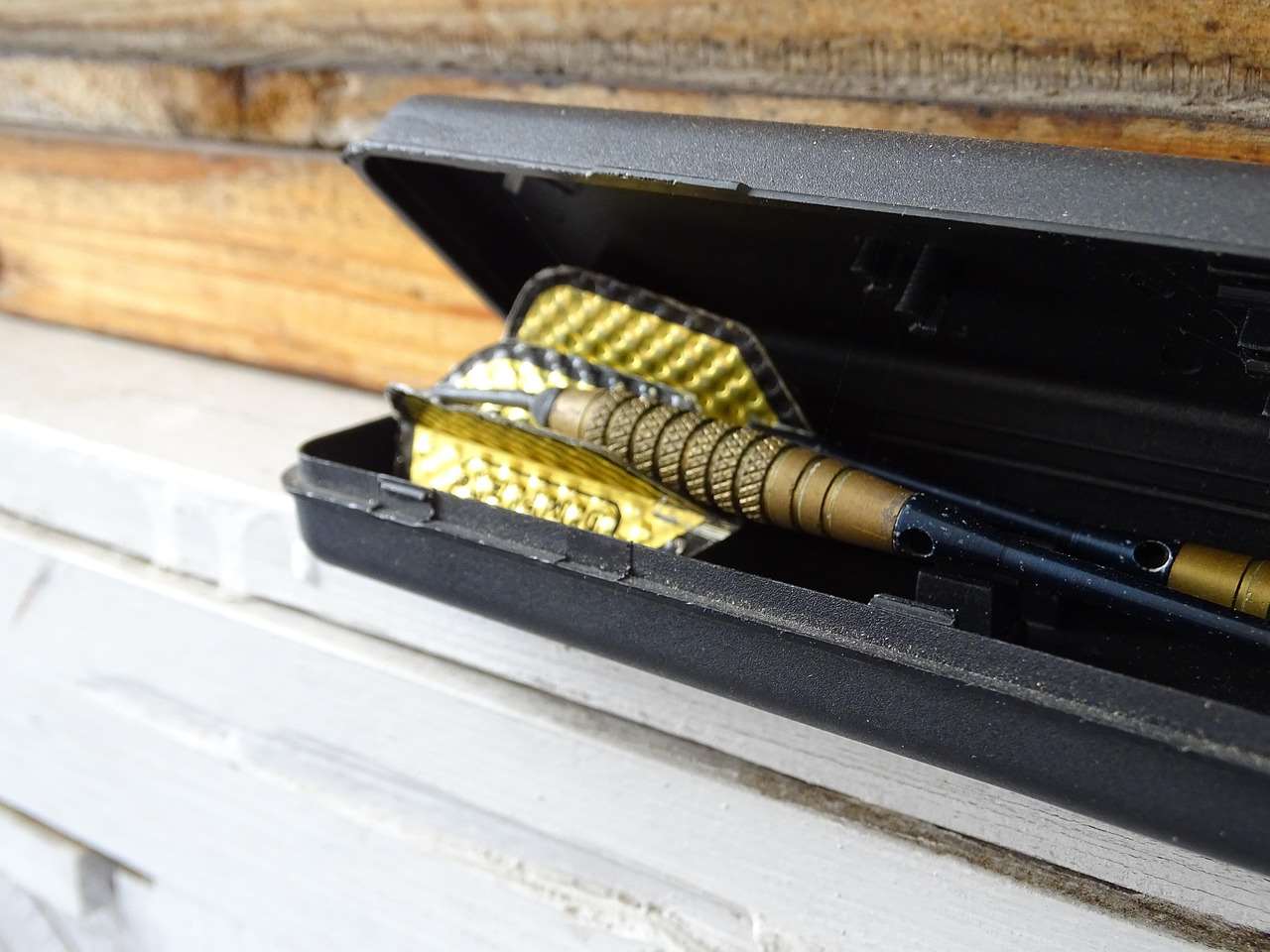
Common Mistakes to Avoid When Setting Up Your Dartboard
Setting up your dartboard correctly is essential, but it’s easy to make mistakes. Here are some common errors to avoid:
- Incorrect Darts Target Distance: This is the most frequent mistake. Always double-check the measurement to ensure it’s accurate.
- Incorrect Bullseye Height: Ensure the bullseye is at the correct height of 5 feet 8 inches (1.73 meters).
- Unstable Dartboard Mounting: Make sure the dartboard is securely mounted to the wall to prevent wobbling during play.
- Oche Not Perpendicular: The oche should be perpendicular to the line extending from the bullseye. This ensures a square throwing stance.
- Uneven Floor: Ensure the floor is level. An uneven floor can affect your throwing stance and accuracy.
Avoiding these mistakes will help you create a fair and enjoyable playing environment. Remember that consistent practice at the correct **darts target distance** is key to improving your skills. It’s not just about the distance, but also about your throwing technique and accuracy.
The Impact of Darts Target Distance on Throwing Technique
The established **darts target distance** directly influences a player’s throwing technique. Because 7 feet 9.25 inches is the standardized distance, a dart player must carefully consider how to position their body, grip the dart, and execute their throw to consistently hit the desired targets. Every element of the throw, from stance and grip to arm movement and release point, is honed with this precise distance in mind.
Professional dart players often spend countless hours practicing and refining their technique at the standard **darts target distance**. They develop a “muscle memory” that allows them to throw with precision and consistency. Changes to the distance, even slight ones, can disrupt this ingrained muscle memory and affect their performance. That is why understanding the official dart board rules and points is paramount to the game of darts.
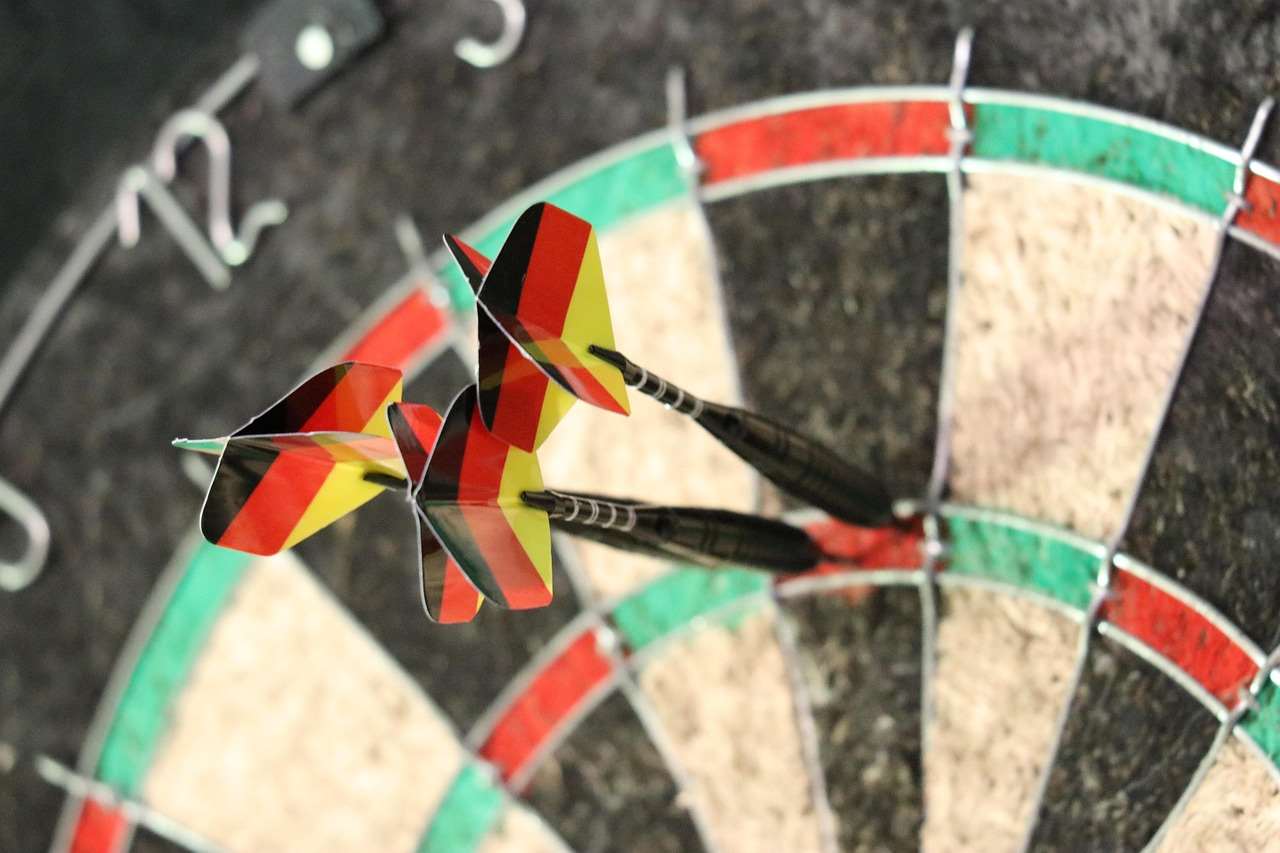
Furthermore, the **darts target distance** also affects the optimal dart weight and flight characteristics. Players often experiment with different dart setups to find the combination that works best for them at this specific distance. Finding the right balance of dart weight, flight shape, and shaft length can significantly improve accuracy and consistency.
Adapting to Different Darts Target Distances (If Necessary)
While the standard **darts target distance** is strictly enforced in professional tournaments, there may be situations where you need to adapt to a different distance. This could be due to space constraints in a home setup or variations in playing conditions at different venues.
If you have to play at a shorter distance, you may need to adjust your throwing technique slightly. You might need to shorten your stance, modify your arm movement, or change your release point. Practicing at the modified distance is essential to maintain your accuracy. Conversely, if you play at a longer distance, a similar adjustment will be needed. It is best to always adhere to the standard measurements, but sometimes this is simply not possible. Understanding darts checkouts is vital for performing at your best, even when adjustments are needed to the **darts target distance**.
Remember, consistency is key in darts. Whether you’re playing at the standard **darts target distance** or a modified one, try to maintain a consistent throwing technique. Practicing regularly at the specific distance you’ll be playing at will help you adapt and maintain your accuracy.
Advanced Tips for Improving Your Darts Game
Once you’ve mastered the basics of dartboard setup, including the correct **darts target distance**, you can focus on improving your overall game. Here are some advanced tips to help you take your skills to the next level:
- Perfect Your Stance: A stable and balanced stance is crucial for accurate throwing. Experiment with different stances to find the one that feels most comfortable and natural for you.
- Develop a Consistent Grip: A consistent grip is essential for repeatable throws. Find a grip that feels secure and allows you to release the dart smoothly.
- Master Your Throwing Motion: Practice your throwing motion until it becomes smooth and effortless. Focus on maintaining a consistent arm movement and release point.
- Visualize Your Target: Before each throw, visualize the dart hitting your target. This can help improve your focus and accuracy.
- Practice Regularly: Consistent practice is key to improving your darts game. Set aside dedicated practice time each week to hone your skills.
In addition to these tips, consider joining a local darts league or club. Playing against other players can provide valuable experience and help you identify areas where you need to improve. Also consider getting yourself a Dart game scoring app (https://dartcounterapp.com/) to help with your game! You might even find yourself reaching a darts highest ever set average!
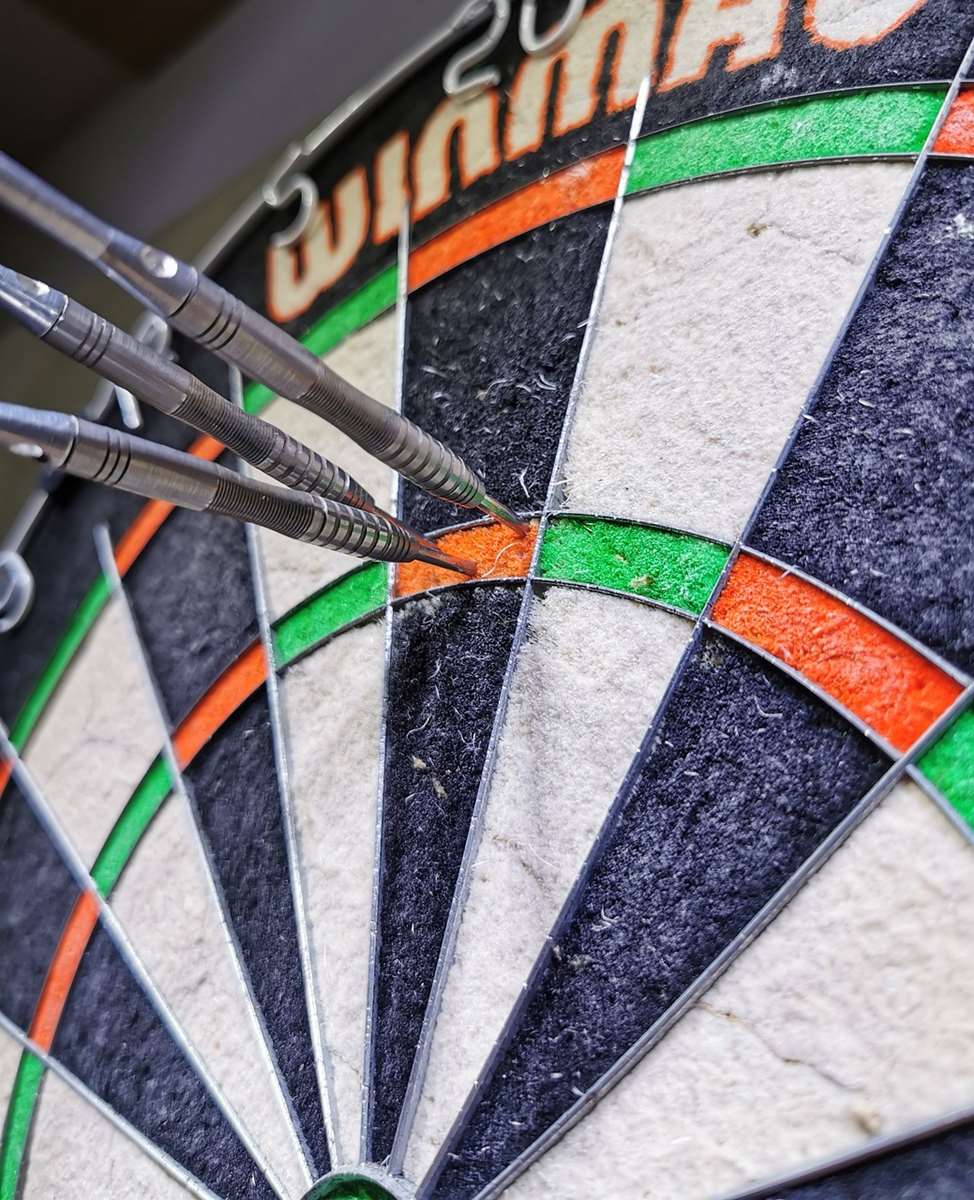
The Mental Game of Darts
While physical skill is undoubtedly important, the mental game of darts is just as crucial for success. Staying focused, managing pressure, and maintaining a positive attitude are all essential for performing at your best. One tip is to try to reach your darts goal score during each game.
Develop strategies for dealing with pressure situations. This could involve taking deep breaths, visualizing success, or focusing on your pre-throw routine. Avoid getting caught up in negative thoughts or emotions, as this can affect your concentration and accuracy. Remember that everyone makes mistakes, so don’t be too hard on yourself if you miss a target.
Embrace the competitive aspect of darts, but also remember to have fun. Darts is a game that should be enjoyed, and a positive attitude can go a long way towards improving your performance.
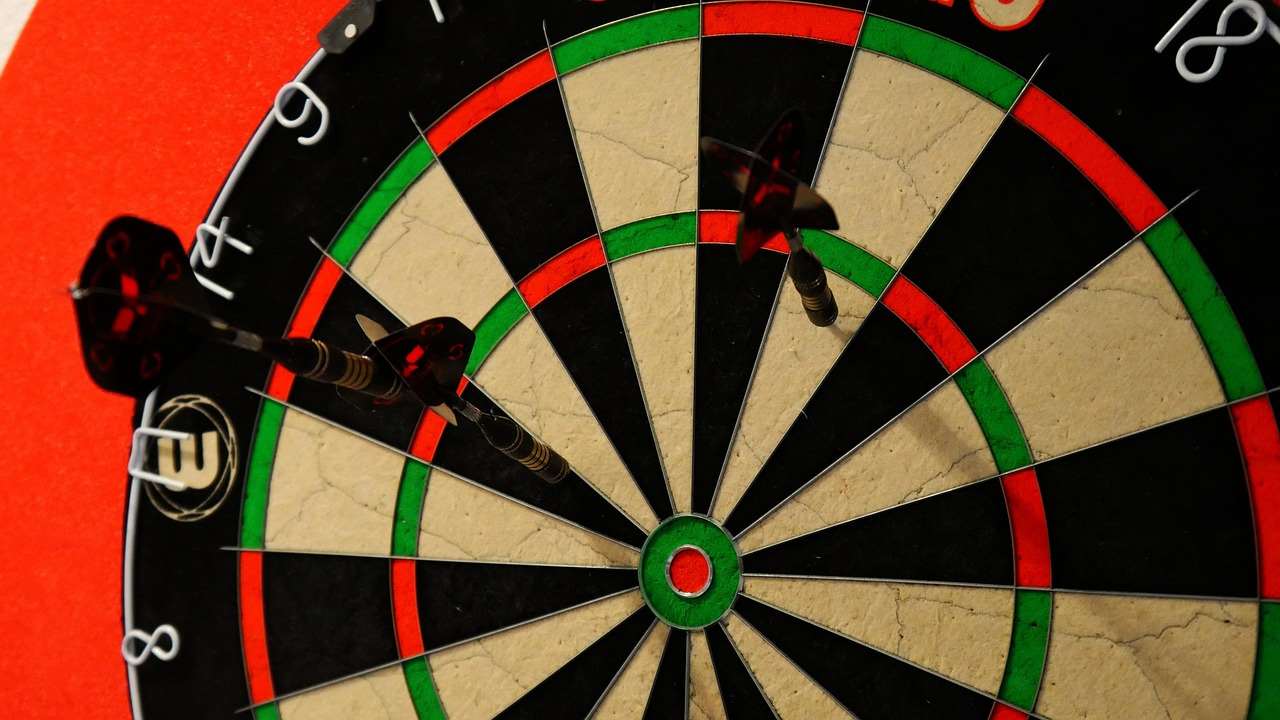
Conclusion
In conclusion, understanding and adhering to the proper **darts target distance** of 7 feet 9.25 inches (2.37 meters) is fundamental to fair play, consistent performance, and adherence to official regulations. From the evolution of the measurement to accurate measuring techniques and its influence on throwing technique, every aspect contributes to a competitive and enjoyable darts experience. Remember to avoid common setup mistakes, refine your throwing technique, and cultivate a strong mental game. Now that you understand the importance of the **darts target distance**, grab your darts, set up your board correctly, and start practicing. Aim for the bullseye and enjoy the game!
Hi, I’m Dieter, and I created Dartcounter (Dartcounterapp.com). My motivation wasn’t being a darts expert – quite the opposite! When I first started playing, I loved the game but found keeping accurate scores and tracking stats difficult and distracting.
I figured I couldn’t be the only one struggling with this. So, I decided to build a solution: an easy-to-use application that everyone, no matter their experience level, could use to manage scoring effortlessly.
My goal for Dartcounter was simple: let the app handle the numbers – the scoring, the averages, the stats, even checkout suggestions – so players could focus purely on their throw and enjoying the game. It began as a way to solve my own beginner’s problem, and I’m thrilled it has grown into a helpful tool for the wider darts community.